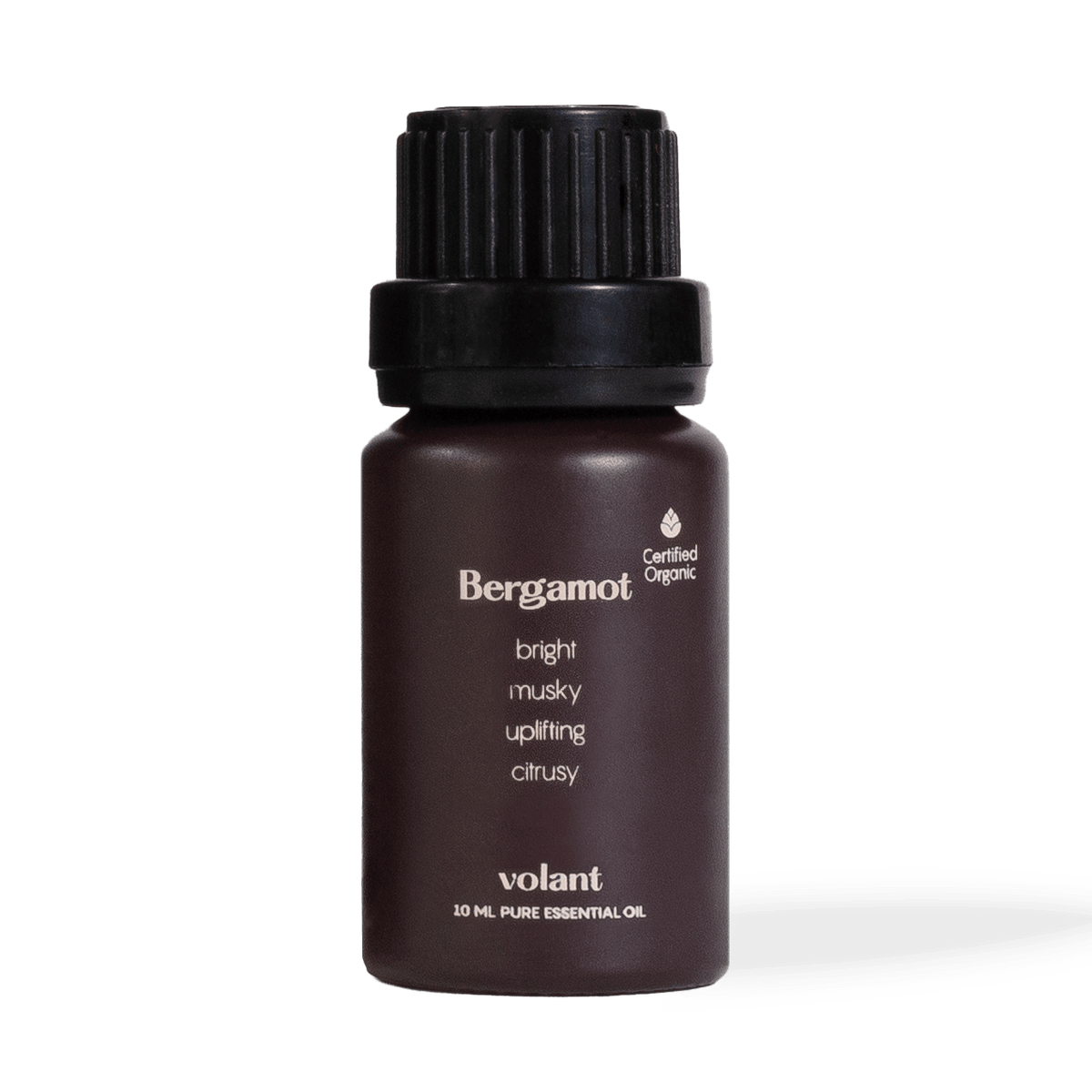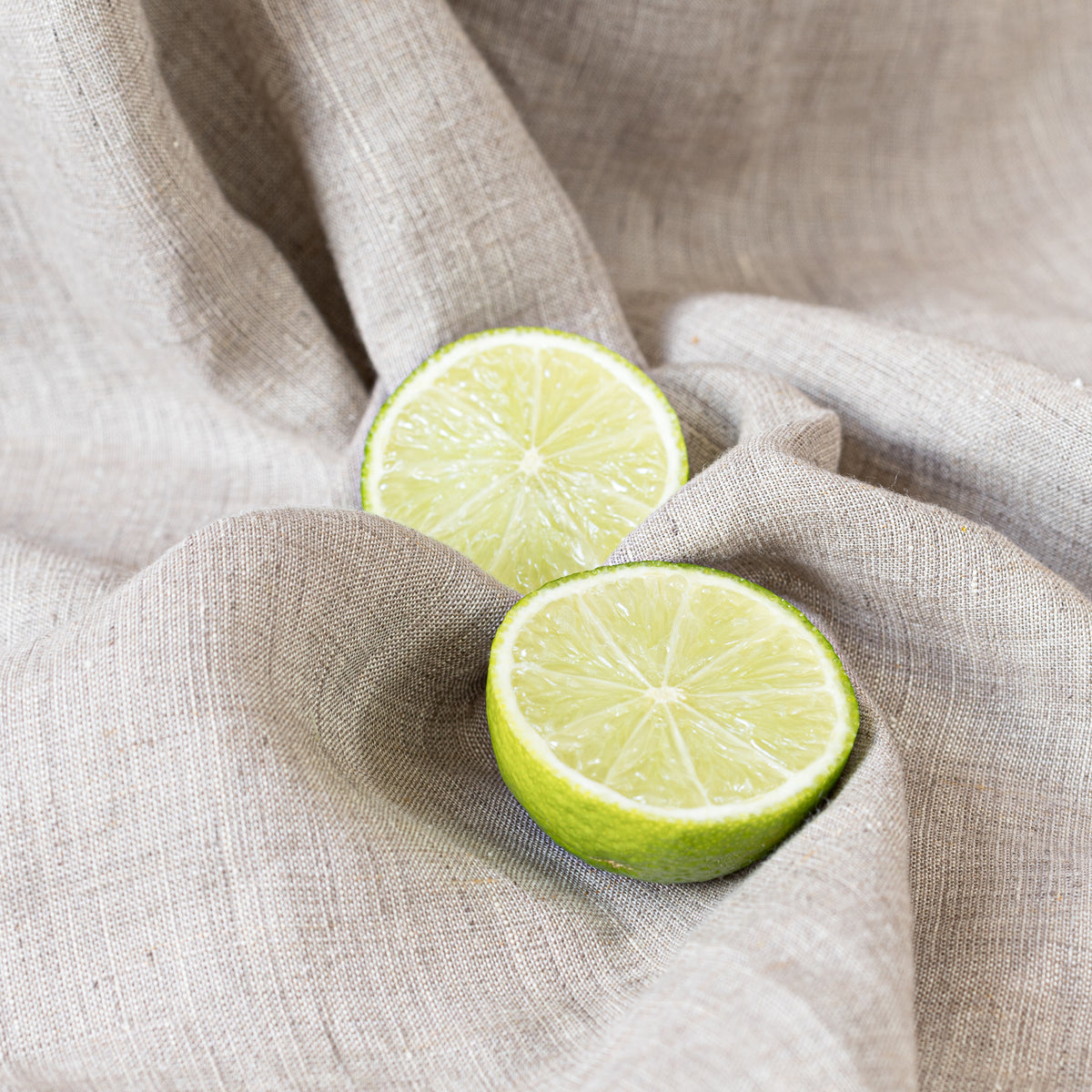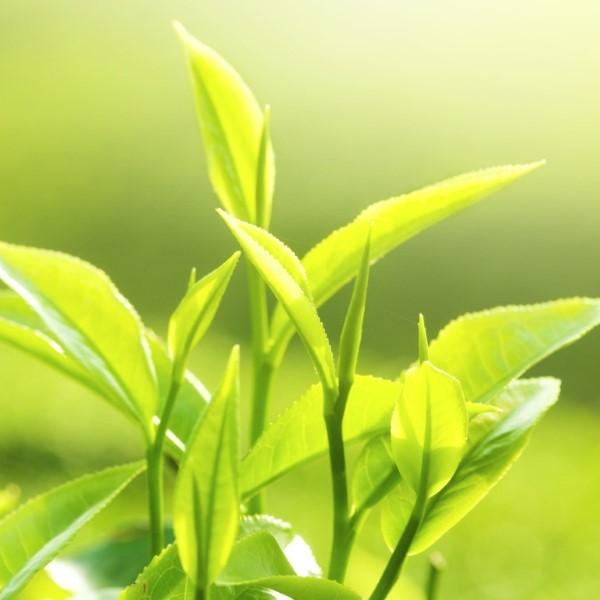Creating your own personal essential oil combinations is as rewarding as it is relaxing. You can do so in a matter of minutes or stretch it out over an entire day. All you need to do is follow your nose!
Gather your tools
Whether you’re interested in making essential oil blends for diffuser use, a special massage oil, to freshen up an area in your home or as something healthful that you can add to your bath, you’re going to need to put a kit together. You’ll need the following:
Carrier oils

You can begin with a single carrier oil or stock up on more than one when you’re first creating your essential oil blending toolkit. The best way to decide which carrier oils you need is to narrow down what you’re going to be using your blend for.
As is the case with essential oils, some carrier oils are rejuvenating and others are calming. Fine-tune your selection so that your ultimate goals for your blend are met.
The most popular options from Volant include our 100% organic Blueberry Seed Carrier Oil, Jojoba, Plum and Rosehip Carrier Oil. Jojoba is a great all-purpose carrier oil while blueberry seed, plum and rosehip carrier oils have particular antioxidant, anti-aging, moisturizing and non-comedogenic properties.









